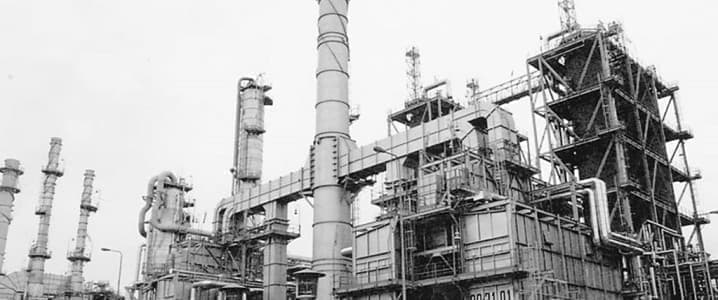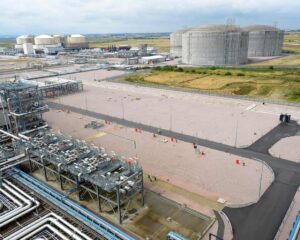
OPEC+ has once again caught market analysts and speculators off guard. During this weekend’s meeting, which was expected to be a routine video call to announce an output hike of 411,000 barrels per day (bpd) for August, the group instead decided on a larger-than-anticipated increase of 548,000 bpd. This decision is part of a broader strategy to unwind previous cuts, with expectations of another significant increase in September. However, the actual increase in production remains uncertain due to some producers pumping less than their quotas to compensate for past overproduction.
The announcement comes as OPEC+ continues to rely on strong summer oil demand to absorb the additional barrels. While the physical market appears tight in the near term, a potential glut in the autumn could drive oil prices down. The market’s reaction to the OPEC+ decision was measured, with no immediate signs of oversupply fear, indicating that geopolitical volatility still plays a significant role in market dynamics.
Summer Demand and Price Adjustments
Immediately following the OPEC+ meeting, Saudi Arabia raised the official selling price (OSP) for its crude destined for Asia and Europe in August. This move is a bet on robust summer demand to absorb the additional supply. Current oil prices, hovering in the $60s per barrel, are likely to encourage buying in Asia, particularly as China continues to stockpile crude at lower prices.
May and June witnessed strong arrivals as cargoes contracted earlier were priced near four-year lows. However, much of the July and August supply was likely contracted during a price spike in June amid the Israel-Iran conflict. This suggests that Asian buyers, including China and India, likely purchased lower volumes at higher prices.
“The current oil price, with Brent Crude in the high $60s per barrel, is the ‘right place’ for crude prices,” said AS Sahney, chairman of the state-owned Indian Oil Corporation.
If the strong Asian imports in May were largely due to low oil prices, overall Asian demand later this summer may disappoint, as volumes contracted in June will be much lower due to the war premium in prices for most of last month, argues Reuters columnist Clyde Russell.
Market Tightness and Future Outlook
The market remains tight in the short term, with this tightness reflected in the strength of the prompt Brent timespread, according to ING commodities strategists Warren Patterson and Ewa Manthey. They predict that the expected supply surplus will not materialize until later this year, which could result in more sustained downward price pressure.
The middle distillate market is also tightening, more so than the crude market. Gasoil refining margins are rising, and speculators hold the largest net long position in gasoil for a year, according to ING. In the United States, middle distillate inventories are at their lowest level in more than two decades for this time of year.
“Saudi Aramco’s crude price hikes to all regions for August-loading cargoes also signal that physical markets remain tight, suggesting the additional barrels can be absorbed—for now,” noted Ole Hansen, Head of Commodity Strategy at Saxo Bank.
Despite signs of current physical market tightness, analysts do not expect prices to top $70 per barrel for a sustained period, barring another major escalation in the Middle East. Growing supply from the OPEC+ group, although not as high as the monthly headline figures suggest, is set to create an oversupply going into autumn, even if summer demand holds strong.
Implications and Future Considerations
On the demand side, the peak summer travel season may justify higher supply, but lingering trade and economic uncertainties could cap price increases. Recent consensus-beating economic data from the United States supports a steady demand outlook, but ongoing trade tensions and tariff announcements somewhat dampen bullish sentiment.
Looking ahead, seasonal demand softening into autumn could emerge as a headwind in the coming months. Despite the current market tightness, analysts remain cautious about the potential for sustained price increases, emphasizing the importance of geopolitical developments and economic indicators in shaping future market dynamics.
As OPEC+ continues to adjust its production strategy, market participants will closely monitor the balance between supply and demand, particularly as the group aims to navigate the complexities of global oil markets amid ongoing uncertainties.






